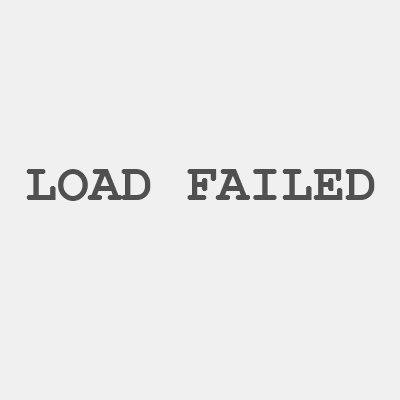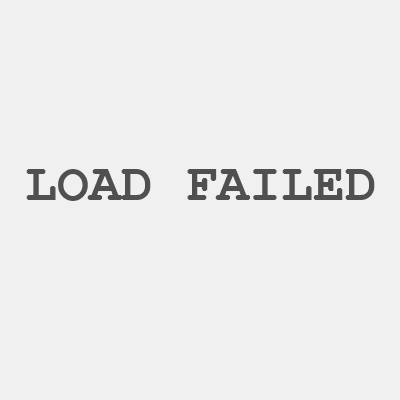
In the actual production process, there are many troubles caused by the wear and tear of the die-cutting tools, and even some inexplicable problems occur. It cannot be used or the die-cutting effect is far worse than before, and in some cases, it will even affect the delivery time of the order, causing a lot of trouble to the operators. Aiming at some problems caused by the wear of die-cutting tools in actual production, I share them with you for reference based on years of experience in serving customers.
The wear of the die-cutting knife is related to shoulder iron height of the magnetic cylinder, which is easily overlooked. In general, the higher the edge height of the die-cutting cutter, the longer it will usually be used. In other words, the longer the effective wear length of the cutting edge, the longer the life of the die-cutting cutter. However, if the height of die cutter edge is too high in the paper feeding direction, the edge breakage problem is easy to occur in the case of using a magnetic blade (the smaller the teeth rollers, the greater the curvature of the cutting edge is bent in the paper feeding direction).
Based on this, in the actual production process, in order to deal with the thickness of most self-adhesive materials and control the cost of purchasing cylinder (usually referring to cylinder with small teeth). In self-adhesive die-cutting, the edge height of die cutter is usually set to 0.480mm, as a balance point. At the same time, the same height shoulder iron is also conducive to the use of magnetic blades on multiple production lines of the same order.

In addition, in another die-cutting field, such as when die-cutting RFID electronic tags, the shoulder iron height is generally 0.740mm, and cylinder is large with more than 120 roller teeth. In order to die cut thicker materials more easily, such as cardboard (clothing tags), the height of the shoulder iron ranges from 0.580mm, 0.685mm, 0.740mm to 1.0mm according to different needs.
It should be noted that the higher shoulder iron height, the larger the number of teeth (that is, the diameter) of the magnetic cylinder, in order to prevent the die-cutting blade from breaking due to excessive bending arc in the paper feeding direction.
Equipment accuracy is another easily overlooked factor that contributes to die-cutting machine wear. The die cutter wear mentioned here usually refers to abnormal wear, which mostly occurs on equipment that can only process lower requirements for paper cutting.
Under normal circumstances, when the same die cutter is rotated once on an equipment with high precision, the backing paper meets the requirements of cutting marks, and may even be non-marking; while on equipment with poor precision( Equipment with poor precision means that when the die-cutting station rotates at a high speed, the equipment will vibrate and the bottom cylinder will jump up and down), the die cutter rotate once, and the bottom paper cutting marks will appear both mild and severe at the same time, or two-thirds cut. The marks are intact, and one-third of the cuts are light (marked) or heavy (cut through).

At this time, through pressure control, the balance point is found, and production can continue. But the cutting edge at the deep position will wear faster than the cutting edge at the shallow position, and finally the cutting edge of the die-cutter will wear unevenly. The life of the die cutter is calculated based on the most severely worn position of the die-cutter. Until the worn position cannot cut the material at all, the die cutter is declared scrapped.
If this type of equipment is used to die cut linerless in-mold labels, it will definitely drive the operator crazy. Because the die cutter rotates once, there may be a problem that part of the cutting edge is intact, and another part of the cutting edge has been squashed. The resulting product also has some smooth edges, some hairy edges, or a lot of dust sticking to the label.